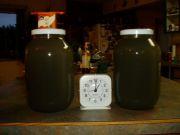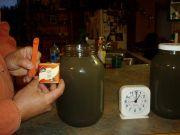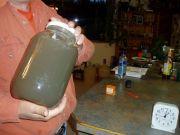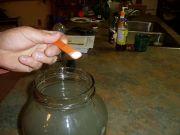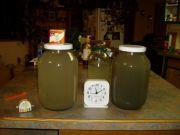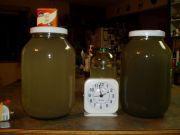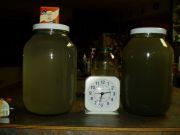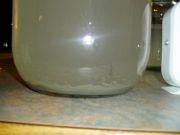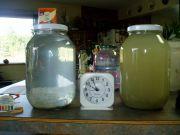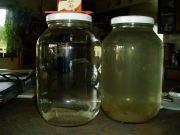Coagulation
Coagulation is a chemical process that can reduce turbidity, dissolved organic compounds, and colour. The chemicals most often used for coagulation are aluminum sulphate, ferric chloride, ferric sulphate, and polyaluminum chloride.
The coagulant causes small particles to join to form larger particles. During mixing, more particles combine to form even larger particles called floc. The floc is visible to the naked eye and can be removed from the water through sedimentation or direct filtration.
Coagulation can be done in dugouts, coagulation cells or by using in-house coagulation systems. The two most common methods of coagulation for rural use are:
- constructing a small lined dugout or coagulation cell to treat a six to twelve month supply of household water, or utilizing a commercial in-house coagulation system for continuous treatment of household water.
Coagulant chemicals must be dosed and mixed properly to achieve maximum benefits. On-farm coagulation has been experimentally successful, using simple treatment techniques for rural water supplies. Simple predictive tests have been developed for use on-site to determine the required dose rate.
